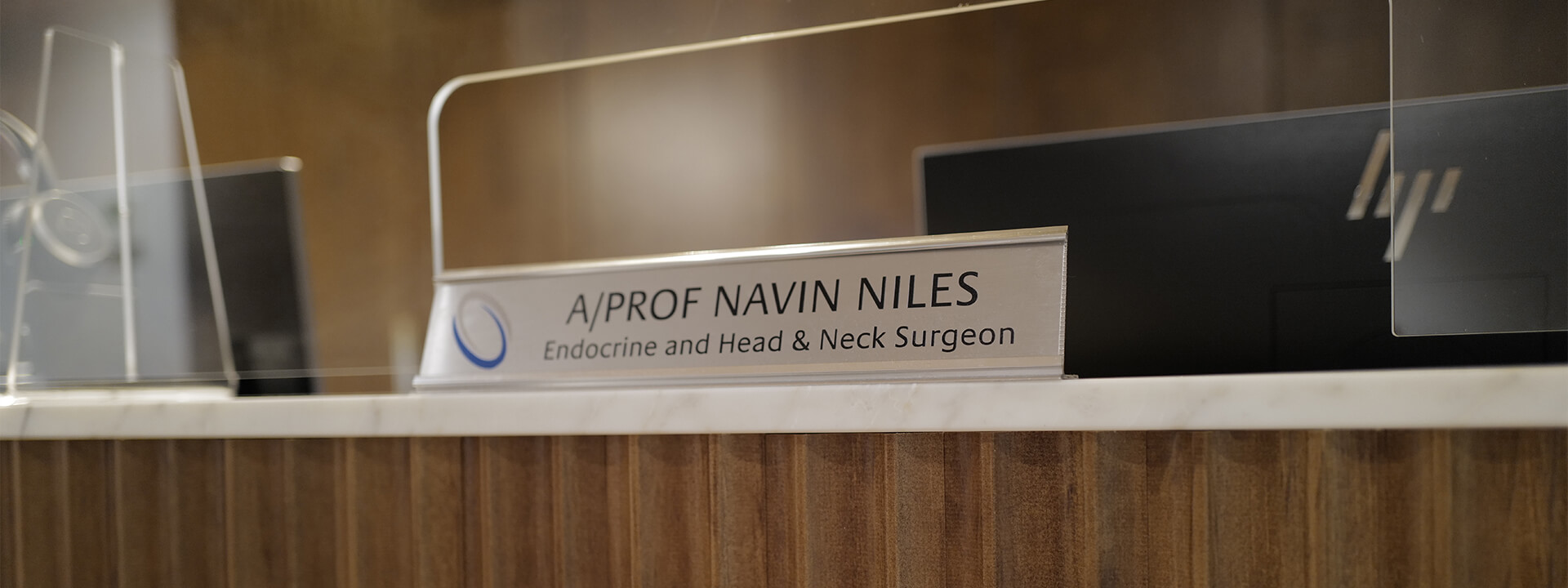The Relationship Between the Facial Nerve and the Parotid Gland
Introduction
The facial nerve and the parotid gland share one of the most intricate and clinically significant relationships in head and neck anatomy. Understanding this relationship is essential not only for surgeons performing parotidectomy but also for clinicians diagnosing facial nerve palsy or parotid masses. Because the facial nerve passes directly through the gland, any disease or surgery in this region carries a potential risk to facial movement and expression.
Anatomy of the Facial Nerve
The facial nerve (cranial nerve VII) originates in the pons of the brainstem and exits the skull through the stylomastoid foramen. Before entering the face, it gives off several branches in the temporal bone (notably the chorda tympani and nerve to stapedius). After emerging from the stylomastoid foramen, it immediately enters the posterior surface of the parotid gland, where it divides into its major branches.
Course Through the Parotid Gland
Once the facial nerve enters the parotid gland, it becomes the central anatomical structure around which the gland is organized. Within the gland, it typically divides into two main divisions: the temporofacial and cervicofacial divisions. These then give rise to five terminal branches: temporal, zygomatic, buccal, marginal mandibular, and cervical branches, which control the muscles of facial expression. Within the parotid gland, these branches radiate like the limbs of a goose’s foot—known anatomically as the pes anserinus.
Relation to the Parotid Lobes
The facial nerve divides the parotid gland into two surgical lobes:
– Superficial lobe: Lies over the facial nerve and comprises approximately 80% of the gland’s volume.
– Deep lobe: Lies beneath the facial nerve, extending medially toward the pharyngeal wall.
This division is not an anatomical boundary but a surgical one—defined by the plane of the facial nerve.
Clinical and Surgical Significance
The close relationship between the facial nerve and parotid gland makes parotid surgery particularly delicate.
1. **Parotid Surgery:** During superficial parotidectomy, the nerve is identified early and preserved. In total parotidectomy, it must be dissected carefully to avoid injury.
2. **Landmarks for Identifying the Facial Nerve:**
– Tragal pointer: The nerve lies about 1 cm deep and inferior to it.
– Posterior belly of digastric muscle: The nerve crosses just superior to this muscle.
– Tympanomastoid suture: Found posterior to the nerve’s emergence.
– Styloid process: Serves as a deep guide.
3. **Parotid Tumors:** Benign tumors often displace the nerve, while malignant ones may invade or encase it, causing facial weakness.
4. **Facial Nerve Palsy:** May result from tumor invasion, surgical trauma, or inflammation. Early intervention and physiotherapy aid recovery.
Imaging of the Facial Nerve in Relation to the Parotid
Modern imaging such as high-resolution MRI and ultrasound can identify the facial nerve’s course within the gland. MRI is especially useful in detecting perineural spread in malignancies, aiding surgical planning and staging.
Key Takeaways
– The facial nerve traverses the parotid gland, dividing it into superficial and deep lobes.
– Understanding this anatomy is fundamental for safe parotid surgery and for interpreting parotid pathology.
– Facial nerve weakness in a patient with a parotid mass strongly suggests malignancy.
– Preservation of the nerve is a surgical priority, and intraoperative monitoring improves outcomes.
Conclusion
The facial nerve’s intimate relationship with the parotid gland defines both the anatomy and surgical complexity of this region. Every parotid operation requires meticulous knowledge of the nerve’s course to preserve facial function and expression. Advances in imaging, microsurgery, and intraoperative monitoring continue to enhance outcomes and minimize complications.
